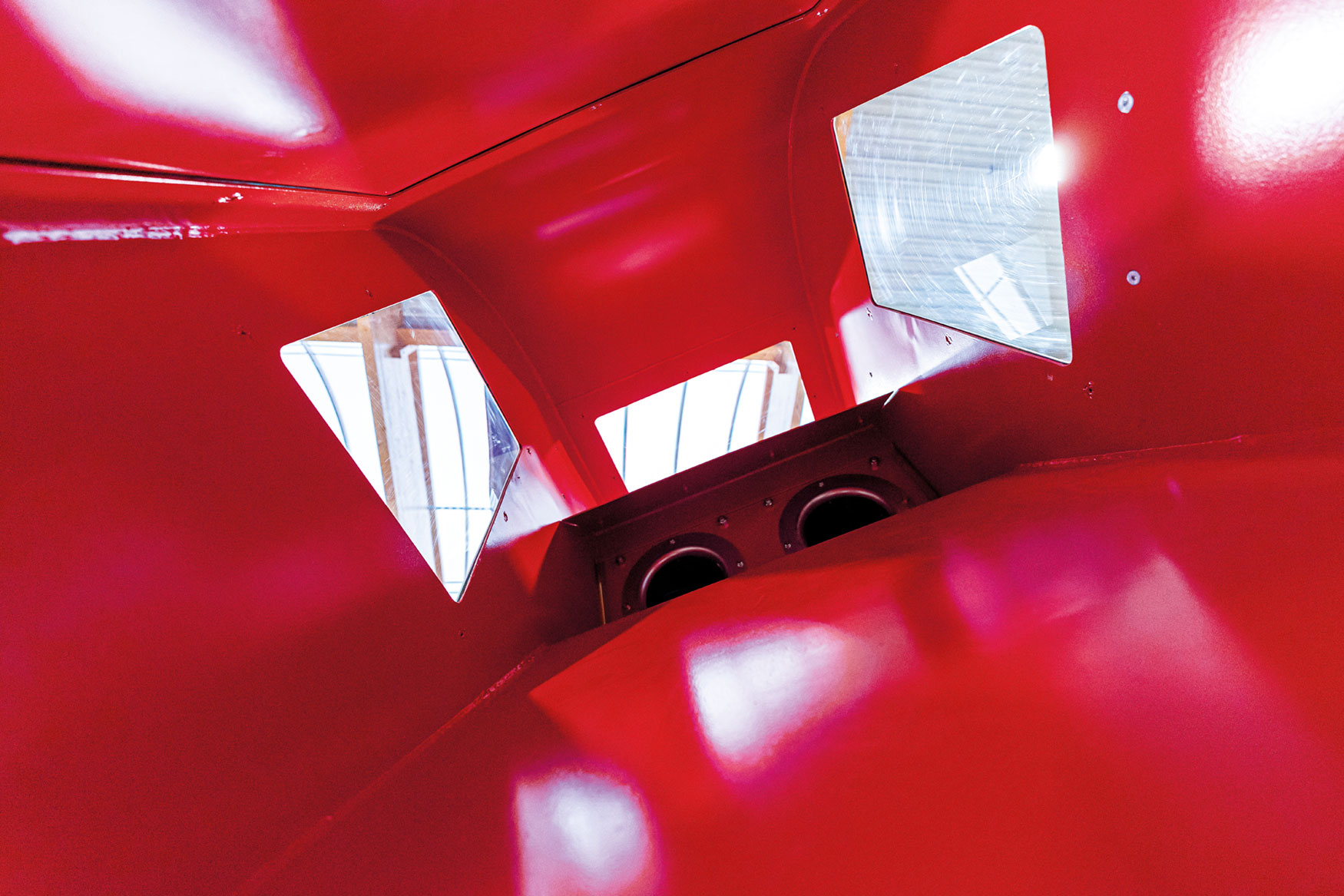The J-Flow is a compact gravity classifier with an internal air circuit that separates heavy from light particles in the air stream. The bulk materials should be free-flowing and have no baking or strong dusting properties. The J-Flow is used for post-cleaning of metal fractions (ASR processing) in order to separate residual foils, textiles, fluff, dust, foam, polystyrene and other light parts. The aim of this sifting is to ensure that almost no metals are lost.
The typical particle size range is between approx. 20 and up to 120 mm. But also longer pieces up to a size of 300 mm can be sifted effortlessly in the J-Flow. For better sortability, fractions with a grain size range that is not too wide are usually fed in, e.g. 20 to 50 mm and/or processed from 50 to 100 mm.
Due to the integrated lightweight separator, the J-Flow has a very compact design. The recirculation air is generated by radial impellers connected in parallel, which allow precise control to ensure cleaner separation. The higher power of the radial impellers produces a more powerful airflow, ensuring clean separation of light particles even at higher loads.
With the frequency converter, the airflow rate of the J-Flow air separator can be customized and easily adjusted to suit the product being processed.
| Type | Working width in mm | Dimensions Width x Length x Height in m | Throughput | Air Flow | Weight approx. |
Power approx. |
|---|---|---|---|---|---|---|
| J-Flow 450 * | 450 | 0,6 x 1,9 x 1,8 | 1,5 up to 3 | 6.000 | 1 x 5 | |
| J-Flow 900 | 900 | 1,1 x 1,9 x 1,8 | 3 up to 6 | 12.000 | 900 | 2 x 5 |
|
FUF 800/-200×1600 |
800 | 1,4 x 1,7 x 1,0 | 3 up to 6 | 550 | 2 x 0,95 | |
|
OSCILLA Screen-Feed |
900 | 1,7 x 3,2 x 1,7 | 3 up to 6 | 1.600 | 2 x 2,5 | |
| J-Flow 1350 * | 1.350 | 1,6 x 1,9 x 1,8 | 4,5 up to 9 | 18.000 | 3 x 5 | |
| FUF 1250/-200×1600 * | 1.250 | 1,7 x 1,6 x 0,9 | 4,5 up to 9 | 2 x | ||
| OSCILLA Screen-Feed 1200×1980 |
1.200 | 2,0 x 3,2 x 1,7 | 4,5 up to 9 | 1.900 | 2 x 2,5 | |
| J-Flow 1800 | 1.800 | 2,1 x 1,9 x 1,8 | 6 up to 12 | 24.000 | 1.300 | 4 x 5 |
| FUF 1700/-200×1800 | 1.700 | 2,0 (2,4) x 1,9 x 1,2 | 6 up to 12 | 1.150 | 2 x 1,6 | |
| OSCILLA Screen-Feed 1500×1980 |
1.500 | 2,0 (2,4) x 3,2 x 1,7 | 6 up to 12 | 2.200 | 2 x 2,5 |
* Available soon.
All table data are estimated values.
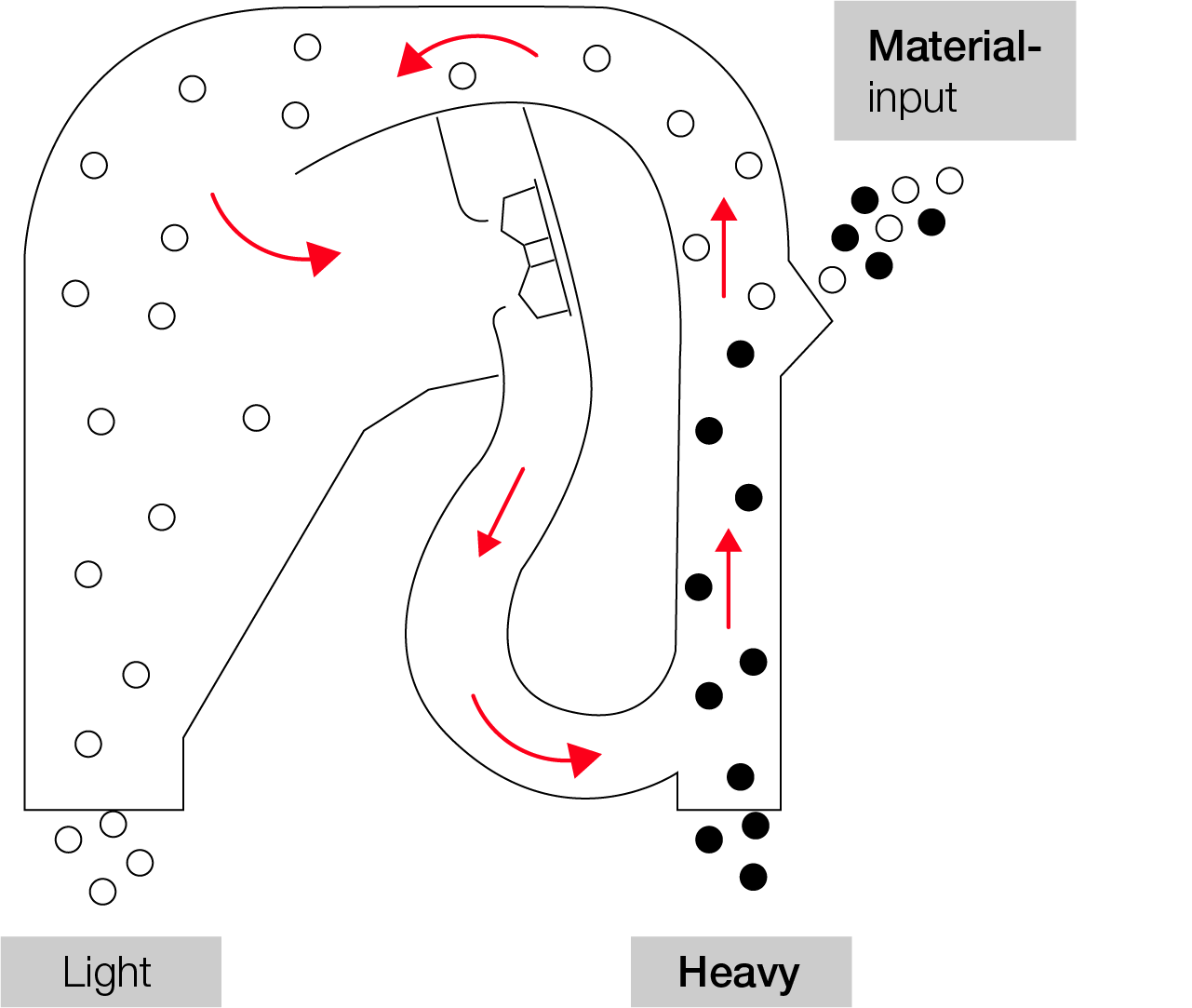
Compact design with inner air circuit due to radial impellers
Can be easily retrofitted
Good accessibility, easy cleaning
Simple installation and commissioning
Low space requirements and implementation costs
Low operating costs
Low investment due to compact system
Simple control with frequency converter for stepless reproducible air volume adjustment
Individual settings possible





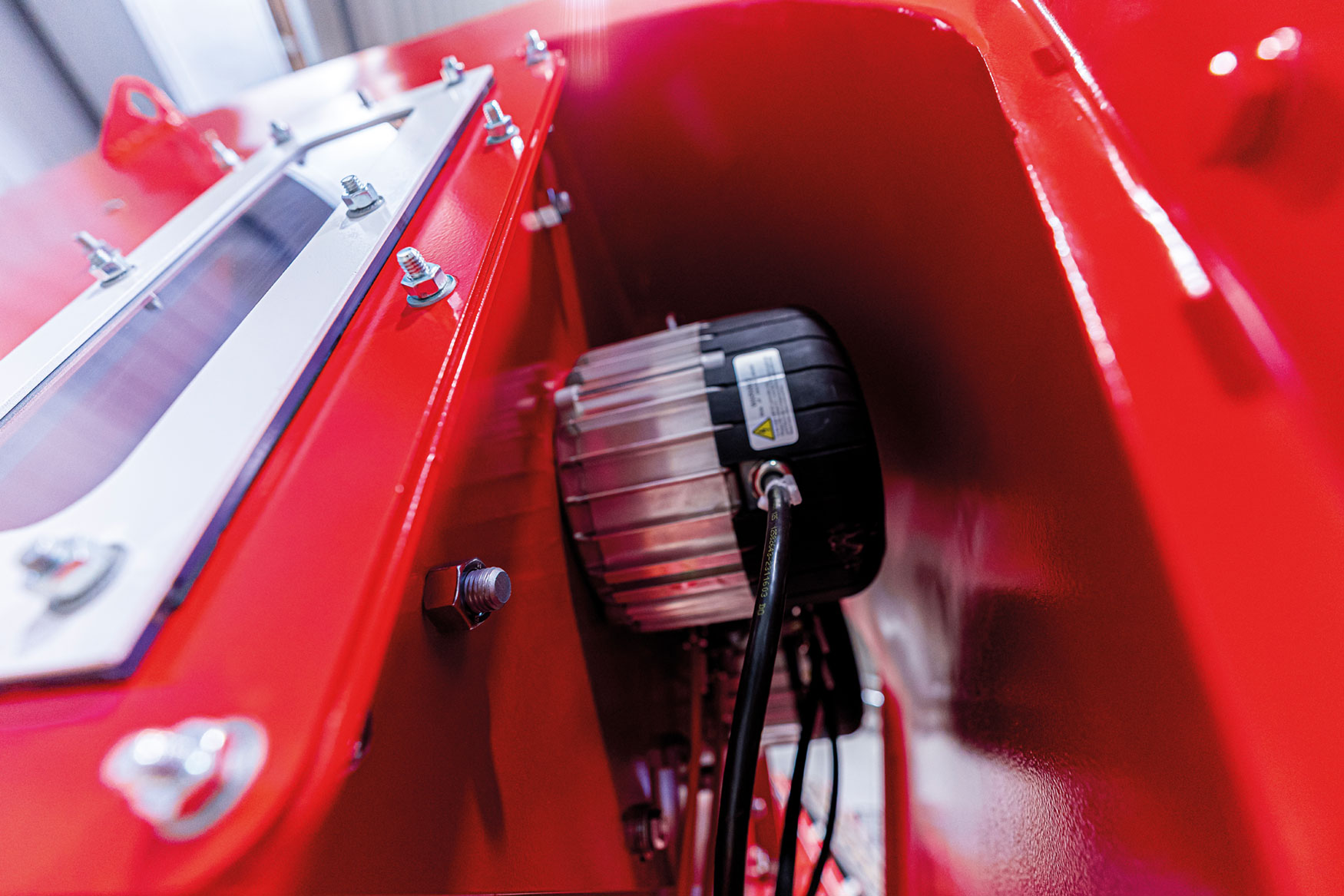
The Sorting Channel
The most important components of the J-Flow are the sorting channel, the separating chamber for the light components and the centrally mounted fans. We use a radial fan with a high compression which enables a powerful separation even at high throughput levels. The material is fed into the upper third of the sorting channel. Air runs through the sorting channel from the bottom upwards. When the material enters the channel, the lightweight particles are separated from the rest and blown to the lightweight side to be discharged. The heavy material falls through the air current and is collected at the separator’s base.
Easy Integration
The J-Flow’s biggest advantage is its size. With a height of only 2,5 meters and a length of just 2,6 meters, it can easily be integrated into existing plants. This also results in simpler demands towards the support frame, conveying equipment.
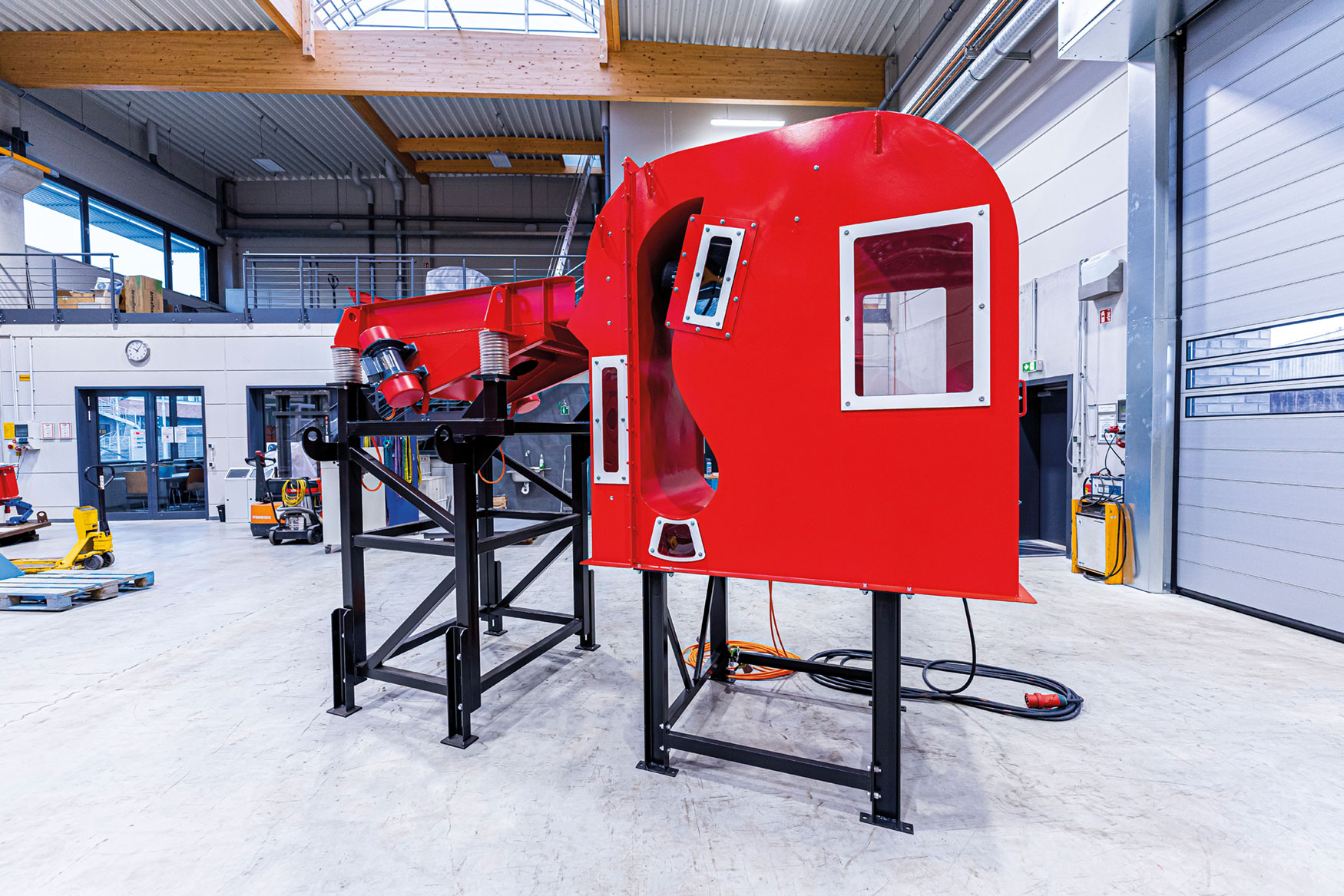

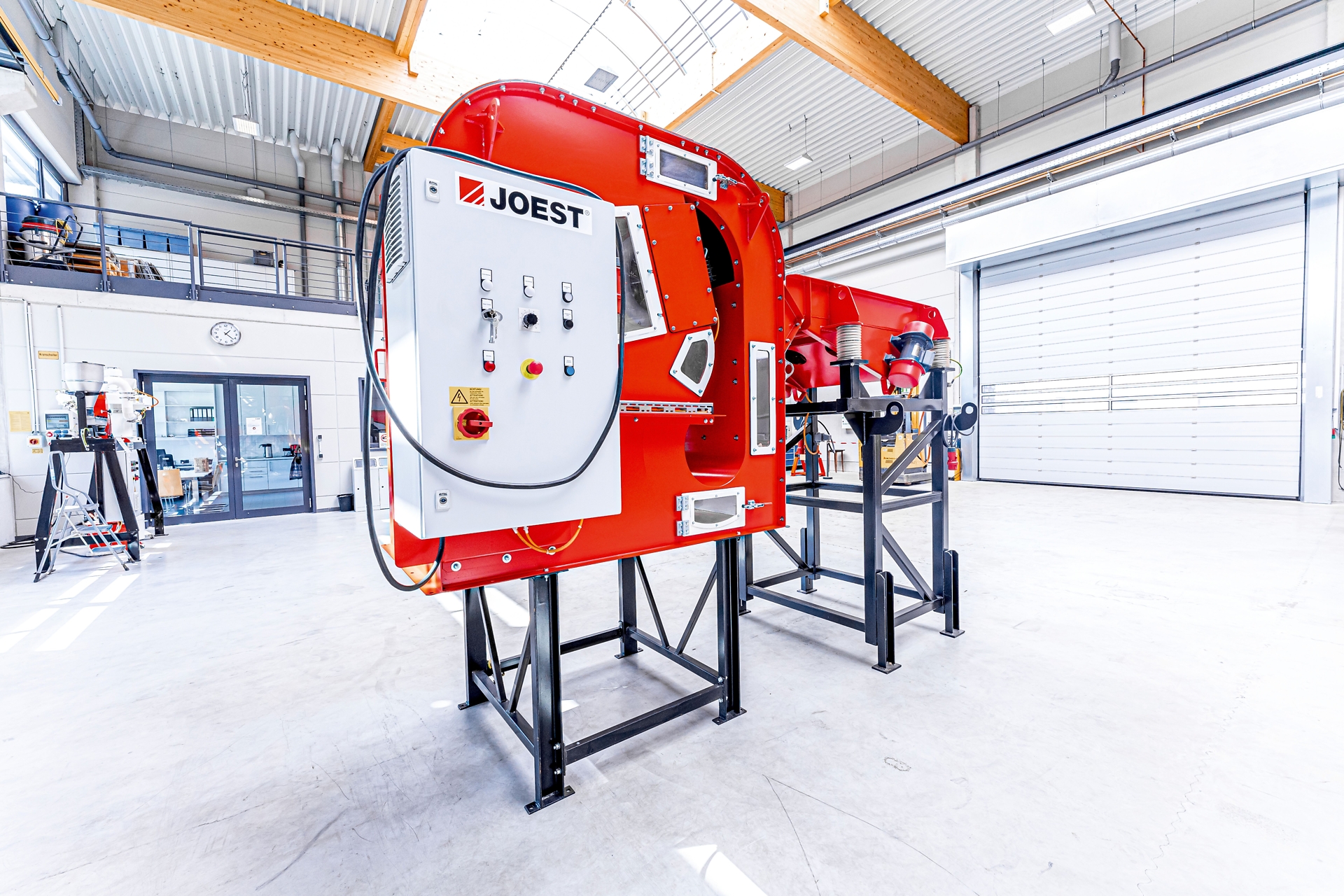
Radial Fans
A key feature of the new J-Flow: It uses parallel radial fans instead of a crossflow fan like the ones used in most previous gravity separators. The advantage is more power to separate lightweight parts with a lower air volume with a consistent separation result even for fluctuating amounts and sizes of material.
Frequency Converter
Adjusting the air volume with a frequency converter always ensures its reproducibility. There is no need for an additional filter system since the J-flow does not produce any exhaust air.
Air Flow Simulations and Air Recirculation
Air flow simulations, readings and product tests in-house enabled further optimizations. For example, precisely aimed currents lead to less material accumulation, less wear and an improved precision, especially in the feed area. An adjustment of the air recirculation at the discharge end increases the availability of the machine. Furthermore, the J-Flow features many windows that allow for better accessibility and insight into the process
